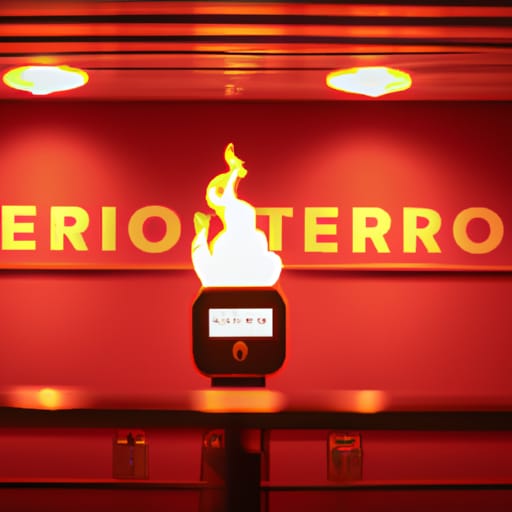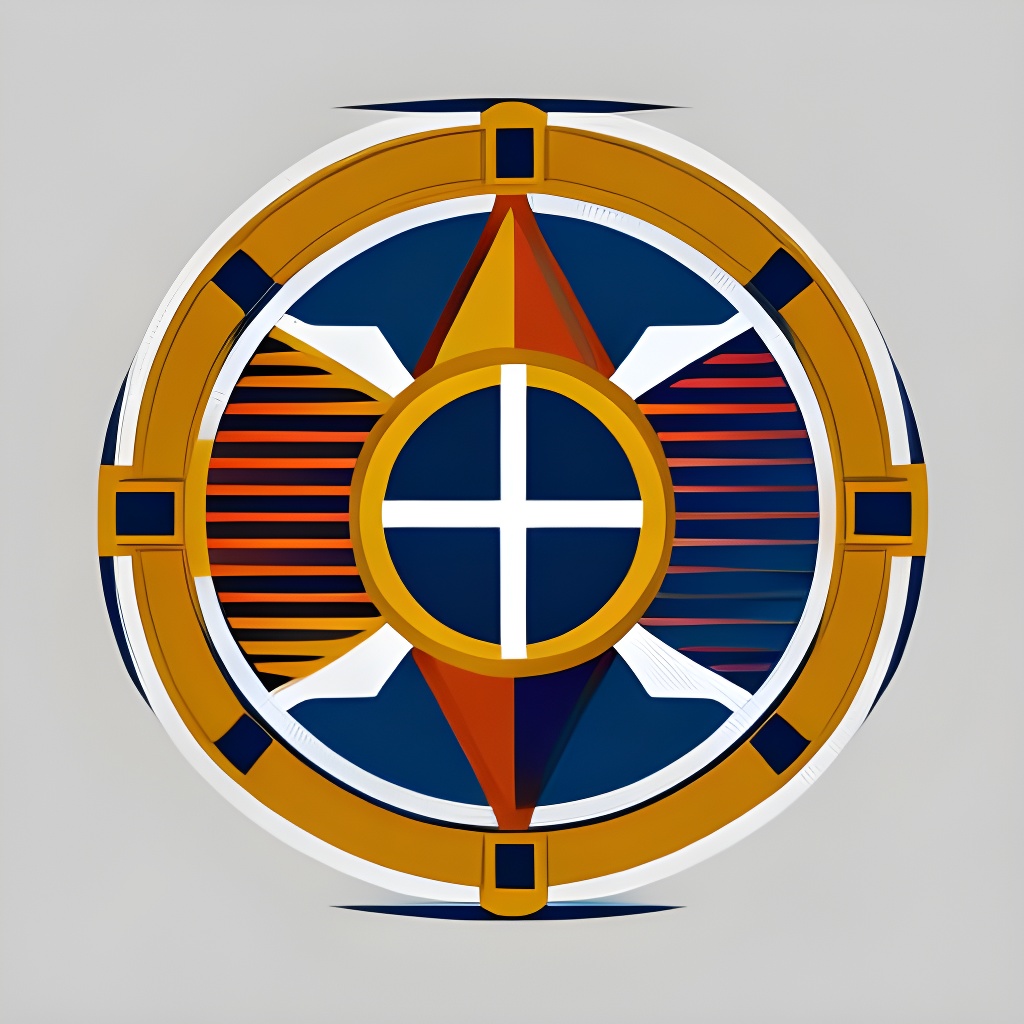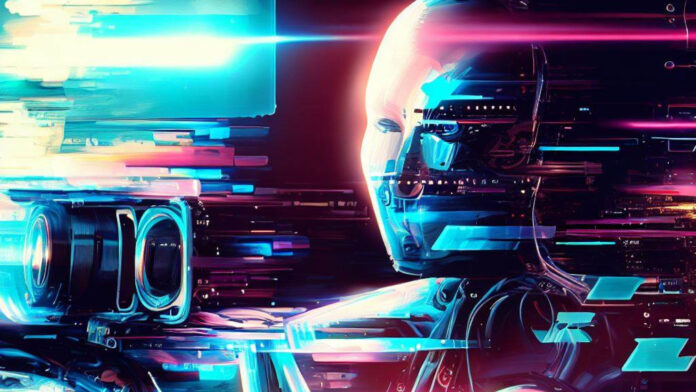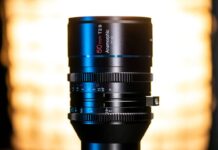When some people think about AI, science fiction depictions like Jarvis, Hal or Kit come to mind. AI is both the most frightening and promising thing for the creative field in recent years. It’s the subject of considerable controversy, hostility and excitement. As a result, many ask, “What can I do with AI to make the video production process easier and better?”
What is AI?
AI, or artificial intelligence, isn’t the science fiction super app or supercomputer you’re probably thinking of. In fact, you’ve likely been using AI for quite some time without realizing it. Predictive typing, one of the earliest consumer-facing AI applications, is a fitting example. This technology is deemed AI because it offers suggestions based on your past compositions rather than random words, thereby improving its predictions for new messages. The more you use predictive typing, the better it gets at anticipating what you want to write. While this form of learning is rather rudimentary, it is the backbone for more complex AI and is important in understanding how AI essentially works.
What can you use AI for in video production?
The short answer is you can use AI for everything. It may take some work and finagling, but you can create an entire video using just AI. The viral Balenciaga AI videos affirm this concept. These videos employ advanced AI forms such as ChatGPT and Midjourney, demonstrating the immense potential of AI in video production.
AI in pre-production
If you search “AI Writes” on YouTube, you will find an extremely high number of YouTubers who have experimented with AI, specifically ChatGPT. By sourcing prior written works and languages, ChatGPT can create entirely new scripts or stories. While the tool is incredible, it’s insanely prone to flaws. If you are a decent editor, you can fix most grammatical issues and structural issues that tend to occur. However, occasionally, the new work is entirely unintelligible and random.
Film and television are visual mediums. Sometimes, no matter how good your logline, treatment or screenplay is, people just can’t see your vision. With AI image generators like Midjourney, you can create stunning visuals that can shed some light on what your vision is with producers

Say you’re working on a script for a film named “Towering Inferno.” It’s set on a cruise ship and employs a similar style to Wes Anderson. You can use AI to generate concept art for the cruise ship. You can then use this AI art as references or as early brainstorming concept designs. Ultimately, AI can give screenwriters who lack artistic aptitude the ability to brainstorm their worlds during the writing process. It also affords the screenwriters this opportunity with minimal time investment.
AI in production
AI has many practical uses in video production. You can use AI image generators like Midjourney to create a logo or artwork that you can display in any print medium. This helps when you need to populate your sets with artwork but don’t want to worry about copyright issues. This can even help if you need to replace or cover real labels or box art and you just don’t have the time or resources to do the art yourself.

And why stop there? You can have AI auto-trace your new AI-generated logo to turn it into a vector image. Then you can use AI to turn the vector and artwork of the logo into a textured 3D piece that you can produce in a 3D printer to make physical signs or props. Some new, early 3D model generator AIs are beginning to show a lot of potential when combined with 3D printing.
Of course, less flashy AI tools exist for scheduling, planning and task management. Some of these AI functions exist in popular software like Microsoft Outlook and Teams workflows. Chances are you are already using these.
AI usage in post-production
Aside from using image generators like Midjourney to crank out artwork during pre-production, you can use it in post-production as well. Specifically, you can use image generators to create motion graphics. They can also be used to apply textures to backgrounds or to text. You can even use it as the main subject itself.
Photo animation
Some tools are capable of automatically animating photographs. They’re mostly there to add blinking, occasional moving or tilting of the head and mouth movement. DiD is the most popular virtual avatar animator (often referred to as photo animator). Sometimes, software like this can create an effect where images look creepy or wrong. However, every version is getting closer to replacing the tedious process of filming live-action talking heads.
Coding
ChatGPT has revolutionized post-production workflows, particularly in coding. ChatGPT can write in any language, and code is just another language. As a result, people who build custom plug-ins for After Effects (AE) or code for visual effects have successfully incorporated ChatGPT into their workflow to speed up the coding processes. However, no language-processing AI is perfect; there’s potential for errors. So, the user will need to have coding experience to effectively use ChatGPT for coding. But that doesn’t mean it won’t become more user-friendly in the future.
Audio production
For audio, ElevenLabs offers an auto narration AI. Auto narration AI is extremely controversial because it can be trained to mimic nearly anybody’s voice. When paired with a language processor that can analyze someone’s distinctive speech pattern, auto narration can replicate that speech, making it a really powerful tool. This can liberate budget filmmakers, as their projects can now feature impeccably recorded audio narration with crystal clear enunciation. Additionally, if a line is muddled or location audio is terrible, auto-narration’s AI can help. Its ability to mimic people’s distinctive speech patterns means that dialogue can be recovered without the need for ADR.
Musical scores
Lastly, AI tools such as Soundful and Boomy serve as examples of music-making applications. These AI tools have numerous applications in film and video production, including score creation. Given the recent development of this AI technology, potential issues with these applications are still unknown. However, with continuous technological advancements, any possible issues will likely be solved quickly.
Ethical considerations
People’s opinions vary widely regarding the appropriate uses of AI and the boundaries that shouldn’t be crossed. As a result, we haven’t addressed the ethics of AI. Though, concerns about IP rights for AI-generated content or the impact of AI on production jobs are important to consider. With that said, it’s a hot topic. Obviously, you must form your own opinions when it comes to ethics and AI in the production workspace. Though one thing is clear, AI isn’t going anywhere. It’s here to stay.
Just scratching the surface
AI covers many software and applications, and we’ve barely scratched the surface; however, we hope this has been a good introduction. Circling back to the Balenciaga videos, there’s a great YouTube video by Samson Vowles that takes you through how one of the Balenciaga’s was made. It delves into what free AI software Vowles used and gives you a good idea of AI’s production potential and how you can incorporate AI into your next production.








